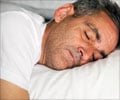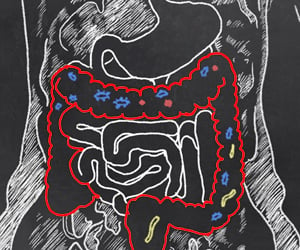Research has demonstrated that hibernation is an essential survival strategy for some animals and scientists have long thought it could also hold promise for human survival.

A hibernating animal has a reduced heart rate and blood flow similar to a person in cardiac arrest, yet the hibernator doesn't suffer the brain damage that can occur in people. "Understanding the neuroprotective qualities of hibernating animals may lead to development of a drug or therapy to save people's lives after a stroke or heart attack," said Kelly Drew, senior author and UAF professor of chemistry and biochemistry in the Institute of Arctic Biology.
Hibernating animals survive by severely reducing their metabolism, a condition called torpor, in which oxygen consumption can fall to as low as one percent of resting metabolic rate and core body temperature to near or below freezing temperatures.
Arctic ground squirrels, like all animals and people, produce a molecule called adenosine that slows nerve cell activity. "When a squirrel begins to hibernate and when you feel drowsy it's because adenosine molecules have attached themselves to receptors in your brain," said Tulasi Jinka, lead author and IAB post-doctoral fellow in Drew's lab.
The receptors can be regulated by a simple cup of coffee. A caffeine molecule is similar enough in structure to adenosine that it binds to the receptors and effectively stops or reverses the onset of drowsiness. Jinka and Drew wanted to know what substances trip the squirrels' switch to start to hibernate.
"We devised an experiment in which non-hibernating arctic ground squirrels were given a substance that stimulated adenosine receptors in their brains. We expected the substance to induce hibernation," Drew said. "We also gave a substance similar to caffeine to arouse hibernating ground squirrels."
Advertisement
Torpor was induced in all six of the squirrels awoken during mid-hibernation season, but in only two of the six from the early hibernation season group and in none during the summer season. The caffeine-like substance reversed torpor in all of the hibernating squirrels.
Advertisement
What Jinka and Drew don't yet know is how season causes the receptors to become increasingly sensitive to adenosine as the time of hibernation progresses.Jinka and Drew are expanding their adenosine research to rats, which more closely resemble the physiology of humans. "Rats allow us to move toward being able to apply this research to humans," Jinka said.
Source-Eurekalert








